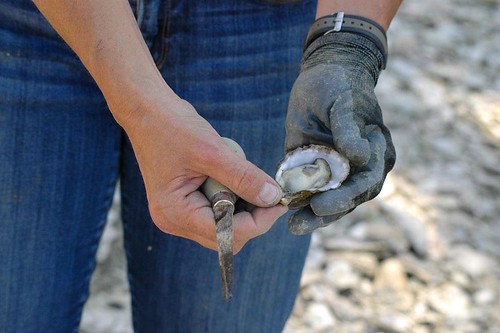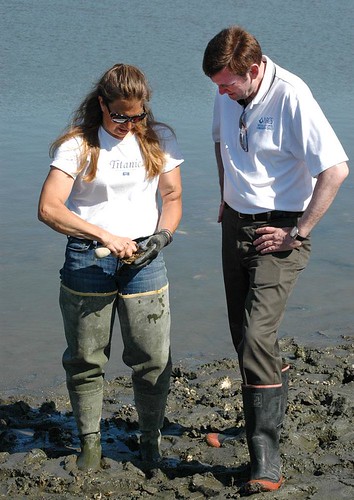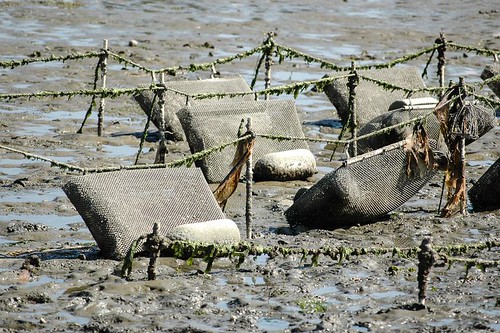
Two years ago, the Nisqually Shellfish Farm south of Belfair, Wash. didn’t have a chance. Runoff from surrounding homes and dairy farms polluted Henderson Inlet, and the state declared the water unfit for raising shellfish for human consumption.
Worsening the problem, the place was overrun with an invasive species, the Japanese oyster drill, which feeds on and kills shellfish.
But water quality in the inlet, which flows into Puget Sound, is improving. Last year, USDA’s Natural Resources Conservation Service (NRCS) began working with a nearby tribe and shellfish producers to monitor and remove the Japanese oyster drill.
NRCS also worked with the dairy farm to put conservation practices into place to contain runoff. Meanwhile, local homeowners working with Thurston County followed suit by striving to manage runoff from their lawns and, septic and storm water systems. It was neat to watch how conservation principles can be put to work to make a difference, whether we’re talking in acres or backyards.
The work of both homeowners and the dairy led to good news for the inlet’s water quality: it was safe for shellfish operations.
Once water was clean enough, NRCS assisted partners in rebuilding dense breeding populations of the Olympia oyster to restore ecosystem function. To do this, they had to restore prime habitat near the shoreline on which oyster larvae depend.

Because of this work, the Nisqually Shellfish Farm is able to grow high quality oysters that not only feed the local community, but communities across the nation. This led to the creation of a new business where oysters are harvested daily, cleaned, put on ice, packed and shipped by air to New York City, where they’re showcased at top oyster bars.
At the end of the day, I realized I had witnessed an effort that would be perfect for the new Regional Conservation Partnership Program. RCPP was created by the 2014 Farm Bill, and this new program aims to leverage bigger results by matching federal dollars with those of partners.
The program looks to projects with definable goals, a variety of engaged partners and quantifiable results. RCPP can be the solution, leading to cleaner air and water, healthy soil and viable wildlife habitat.
NRCS has already taken applications for fiscal 2014 funding for the program, but it’s not too late to look at the program for next year. The agency is in the process of requesting groups with stronger pre-proposals to prepare a full proposal.
At NRCS, we’re proud we worked with a community to help restore an ecosystem and improve water quality while also creating jobs. That’s the win-win that we look for in conservation. But without the help of the local community none of this would have been possible.


